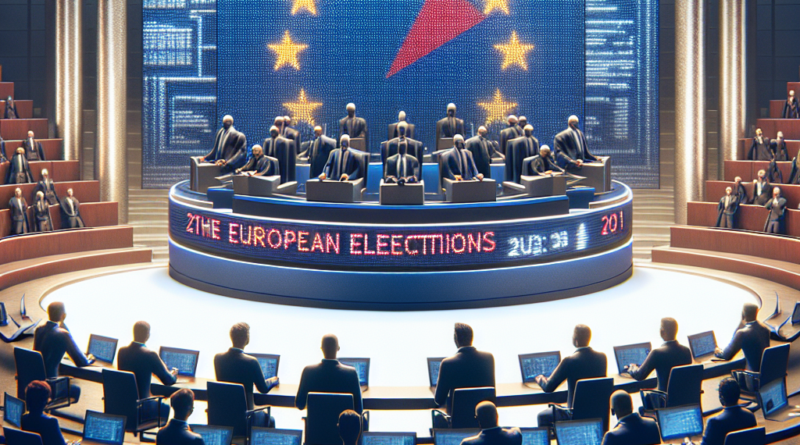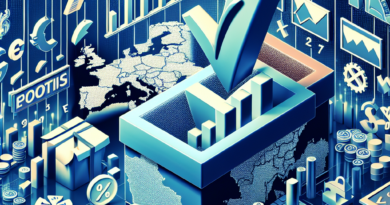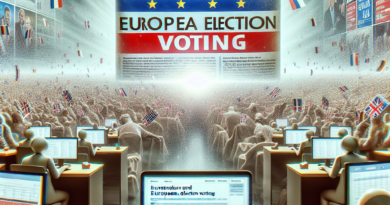European elections 2024: Who Will Win? The New European Parliament
European Elections 2024: Predicting the Winner
The 2024 European elections are coming to a close, with the counting across the 27 member states of the European Union set to begin tonight at 23:00, and the first official results expected to come in late at night.
A total of 373 million EU citizens are called to the polls for these European elections 2024, to elect the 720 Members of the European Parliament.
The number of seats is allocated based on the population of each member state: Italy will elect 76 MEPs, behind only Germany (96) and France (81).
Once elected, MEPs gather in political groups organized by political affinities.
Currently, seven political groups reside in the European Parliament, in addition to the Non-Inscrits who can be compared to the Mixed Group.
The European elections are crucial because the composition of the European Parliament will determine the majority within the Eurochamber.
This majority will have the delicate task of electing the President of the Commission and the various Commissioners, essentially the government of the EU.
Starting from 23:00, the results of the European elections can be followed in real-time, with each member state electing their representatives through a proportional electoral law where only the threshold and the composition of the party lists differ across countries.
General Results of the 2024 European Elections
The general results of the 2024 European elections will begin to be counted throughout the European Union at 23:00.
In order to form a majority in the European Parliament, an alliance among the various groups capable of bringing together at least 361 out of 720 MEPs will be needed.
To better understand the value of the seats obtained, here is an explanation of the groups within the European Parliament and the position of the various Italian parties:
– **PPE (European People’s Party)**: center, conservatives, and Europeanists.
Includes Forza Italia and Svp.
– **S&D (Progressive Alliance of Socialists and Democrats)**: socialists, social democrats, and Europeanists.
Includes Pd.
– **Renew Europe**: liberals, centrists, and Europeanists.
Includes Azione, +Europa, and Italia Viva.
– **ECR (European Conservatives and Reformists Group)**: right, conservatives, and eurosceptics.
Includes Fratelli d’Italia.
– **I&D (Identity and Democracy)**: right-wing populists, nationalists, and eurosceptics.
Includes Lega.
– **Greens/EFA (Group of the Greens/European Free Alliance)**: environmentalists and regionalists.
Includes Europa Verde.
– **GUE/NGL (European United Left/Nordic Green Left)**: left-wing, communists, and eurosceptics.
Includes Sinistra Italiana.
– **Non-Inscrits**: non-affiliated.
Includes Movimento 5 Stelle.
In the last legislature, the majority was formed by the People’s Party, Socialists, and Liberals, the triad that has traditionally governed the European Union.
It remains to be seen whether this alliance will be maintained in Brussels after these European elections.




